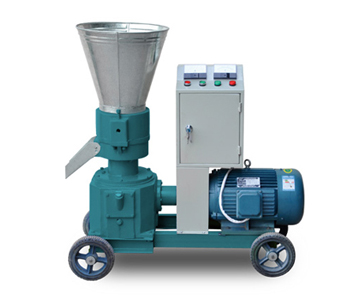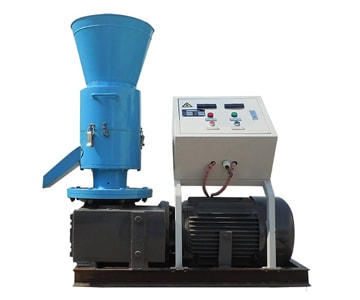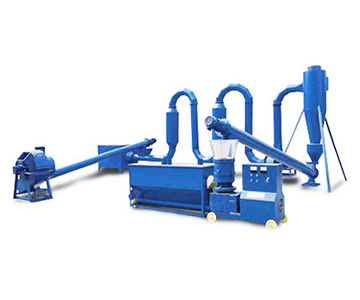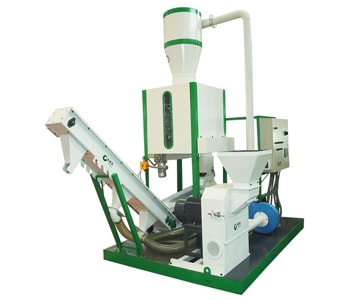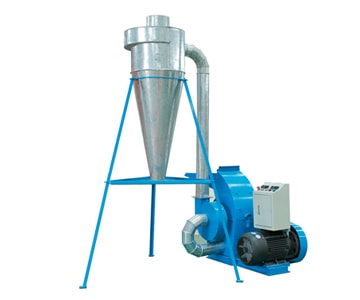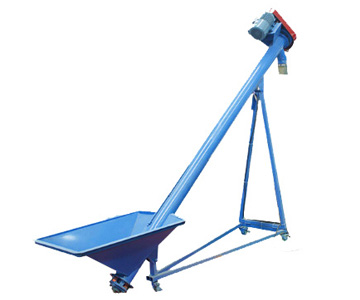Application of biomass boiler and wood pellet fuel
Under the pressure of environmental protection and energy crisis, many countries has carried out policies to cut emission and promote new energy. Under this condition, more and more coal-fired boilers have been replaced by, or upgraded into biomass boiler.
Traditional coal-fired boilers emit a lot of black smoke and sulfur gas. Some of them are not equipped with desulfurizer. They will pollute the surrounding areas. To replace them with gas and electricity requires too much efforts and cost, so many coal-fired boiler owner use biomass fuel to replace coal. Considering most coal-fired boilers are unfit for biomass fuel, there are specialized biomass fuel burning devices to solve this problem. They are designed based on the characteristics of biomass fuel and minimize the pollutant emission.
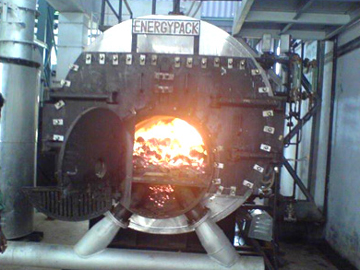
coal-fired boiler
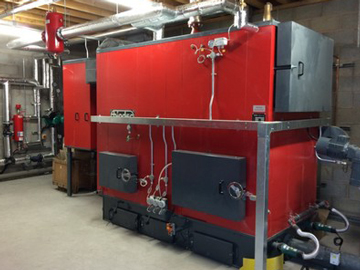
biomass pellet boiler
Different types of biomass pellet boiler
Biomass boiler adopts biomass energy, usually biomass pellets, as fuel. According to different energy media, they can be classified into biomass steam boiler, biomass hot water boiler, biomass hot blast stove, biomass thermal oil furnace.
According to their purpose, biomass boilers can be classified into biomass thermal boiler and biomass electric power boiler. They both generate power by burning biomass fuels. Biomass thermal boiler use thermal energy, while biomass electric power boiler turn the thermal energy into electric power. Biomass thermal boiler is still the most popular type, whose technology is mature.
According to the scale, biomass thermal boiler can be classified into 2 types.
Small biomass boiler
These boilers uses solid or gasified biomass fuels. They generate heat in the form of hot water. Small biomass boiler features small volume, simple structure, low price, but it has low energy conversion efficiency and low energy supply. Small biomass boiler is mainly for home heating in rural areas and hot water supply.
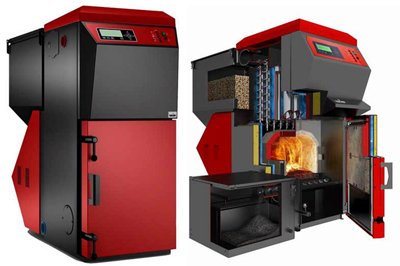
Small biomass boiler
Large-scale biomass boiler
These type of biomass boiler use solid biomass fuel and provide hot water or steam. The technology is mature, the energy supply is high, and the energy loss is low. But some biomass boiler has fuel cocking owing to insufficient burning, and the support facility is not perfect.
Raw materials for biomass boiler
Biomass boiler has wide source of raw materials. All photosynthetic plants can be used as raw materials, including sawdust, wood chips, rice husk, sunflower seed shell, sorghum stalk, corn stalk, bean stalk, etc. By high-heat and high-pressure processing in the molding equipment, these biomass materials are molded into columnar biomass fuel. They are fed into biomass boilers to generate heat.
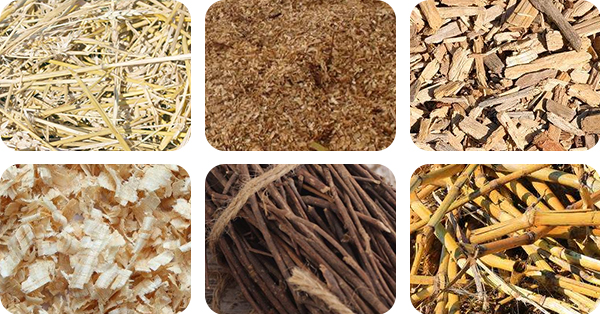
Two common biomass fuels
Generally, biomass molding fuel has 2 types—biomass briquettes and wood pellet fuel. The length of biomass briquettes is more than 15cm, the diameter is 30-40mm. They are made by biomass briquette press. Wood pellets is 6-8mm in diameter. They are made by wood pellet mill. Wood pellet fuels gradually take the place of biomass briquettes owing to high density, wide application and convenient using. They burns more sufficiently than biomass briquettes.
Biomass pellet fuel has fiber content of 70%. The sulfur content is far lower than coal. High density makes it convenient to store and transport. It can be applied in different equipment. Biomass pellets burns sufficiently, with less smoke and ash content, and the combustion speed is 11% higher than coal.
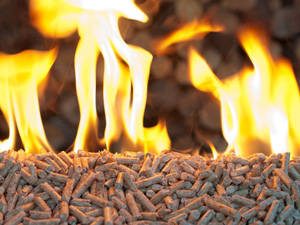
biomass pellet fuel
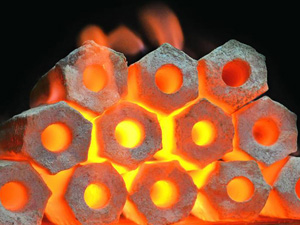
biomass briquettes
Advantages of wood pellet fuel over coal
- Low carbon content: biomass fuels has at most 50% carbon content, so the heat value is lower than coal.
- High hydrogen content: biomass fuels has more volatiles, so they are easier to burn. The carbon and hydrogen are combined into low molecular hydrocarbon, which will separate out volatiles at high temperature.
- High oxygen content: biomass fuel has more oxygen content than coal, so the heat value is low.
- Low density: the density of biomass fuel is lower than coal. Loosen texture makes it easier to burn out. The residual carbon is lower than coal ash.
- Low sulfur content: the sulfur content in biomass fuels are less than 0.12%. You don’t need to install desulfurizer device.
- Low carbon emission: biomass fuel is carbon-neutral, in other words, zero carbon emission.
- Waste recycle: the adoption of biomass fuel can make full use of wastes, and relieve their damage to environment. Besides, the residual ash after burning can be used to produce fertilizer.
- Mixed firing: Biomass fuel can be burned together with coal and improve the combustion efficiency.
Biomass boiler pollution emission
Biomass boiler emit small quantity of air pollutants, and solid waste that can be recycled.
Polluting gases
Biomass fuel generates little NOx and no Co2. The SO2 emission is lower than 33.6mg/m3, and the smoke and ash emission is lower than 46mg/m3. They are far lower than the national standard.
Solid waste
The main solid waste of biomass boiler is ash. They can be recycled by made into potash fertilizer.
By equipping the biomass boiler with desulfurizing and dust removing device, we can reduce the pollutant emission to minimum.
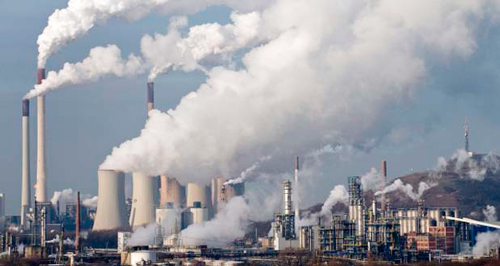
Environmental benefits of biomass boiler
To replace coal with biomass fuel, we can reduce the pollutant emission in atmosphere. Meanwhile, the net carbon emission of biomass fuel is zero, which can relieve greenhouse effect.
Adoption of biomass fuel is a effective way to make use of the crop waste. If these crop waste decay under natural condition, they will generate a lot of methane, which has higher greenhouse effect. By making them into fuel, we can turn waste into wealth.
The residual ash after burning can be used as potash fertilizer. In this way, we achieve the energy recycle among straw—fuel—fertilizer.
We receive enquiries in English, Español (Spanish), Русский язык (Russian), Français (French) and العربية (Arabic). Our professional team will reply to you within one business day. Please feel free to contact us!

